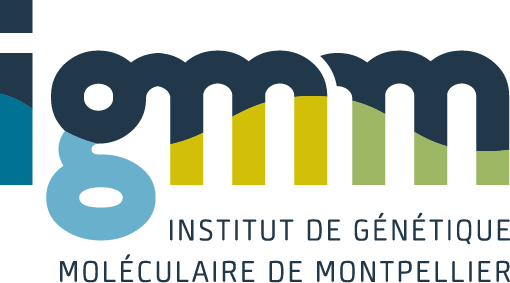The integrase protein of bacteriophage lambda (Int) catalyzes site-specific recombination between lambda phage and Escherichia coli genomes. Int is a tyrosine recombinase that binds to DNA core sites via a C-terminal catalytic domain and to a collection of arm DNA sites, distant from the site of recombination, via its N-terminal domain. The arm sites, in conjunction with accessory DNA-bending proteins, provide a means of regulating the efficiency and directionality of Int-catalyzed recombination. Recent crystal structures of lambda Int tetramers bound to synaptic and Holliday junction intermediates, together with new biochemical data, suggest a mechanism for the allosteric control of the recombination reaction through arm DNA binding interactions.
DNA arms do the legwork to ensure the directionality of lambda site-specific recombination
Radman-Livaja, M.; Biswas, T.; Ellenberger, T.; Landy, A.; Aihara, H.
2006
Current opinion in structural biology
2006-02 / vol 16 / pages 42-50
Abstract
10.1016/j.sbi.2005.12.003
0959-440X (Print) 0959-440X (Linking)
Étiquettes
*Recombination, Genetic; Bacteriophage lambda/enzymology/*genetics; DNA, Viral/*physiology; Integrases/genetics/*physiology; Virus Integration/*physiology
